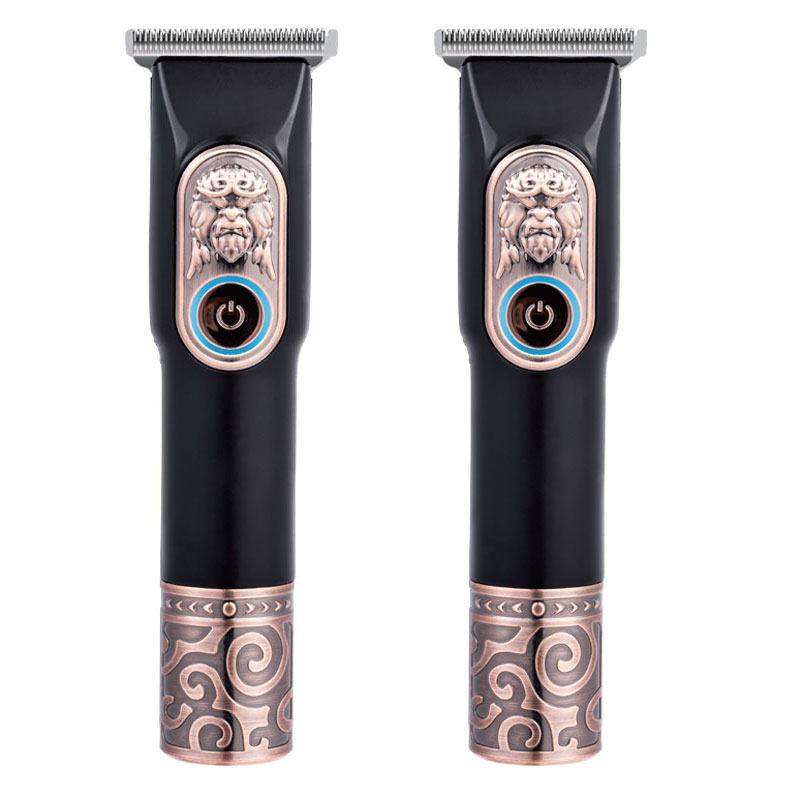Common Troubleshooting Methods Of Hair Clippers
Common Troubleshooting Methods for Hair Clippers:
1. Coil Heating and Burning:
(1) If the clipper has been in use for an extended period exceeding its recommended usage time, replace the coil and ensure proper operating conditions.
(2) If the armature becomes inactive after prolonged electrification, clean the head or adjust the armature position.
(3) If the coil insulation deteriorates or if the coil experiences internal short-circuiting due to vibrations, replace the coil and secure it firmly.
2. Lack of Sound or Movement Despite Power Supply:
(1) If the switching contact experiences fatigue and lacks elasticity, replace the switch or the moving contact piece.
(2) If the power cable is damaged or if the terminal connections are loose, replace the power cord or tighten the joints and ensure clean connections.
(3) If there is debris in the switch causing a power interruption, use a brush to clean it.
3. Electromagnetic Sound upon Powering On, but Clippers Remain Inactive:
(1) If there is excessive debris on the top and bottom blades causing a jam, clean out the debris.
(2) If the tab screw is overly tight, moderately readjust the upper and lower blades.
4. Failure to Cut Hair:
(1) If the angle of the clipper head has shifted, readjust it to approximately 45 degrees.
(2) If the head screws are loose, tighten them securely.
(3) If there are loose adjustment screws and jamming screws, adjust them in accordance with the vibrations of the bending head.
(4) If there is excessive clearance between the upper and lower JJ j1, make a new adjustment to the plate screws.
5. Blades Not Sharp:
If the blade edges are worn, either regrind the blades or replace them with new ones.
6. Excessive Noise:
If the screw spring adjustment is improper, update the adjustment screws.
7. 
Electrical Leakage:
(1) If there is damage to the insulation of the coil lead wires, reprocess the lead insulation.
(2) If there are cracks in the power line or internal moisture damage, replace the power cord with a new one and reinsert it securely.


